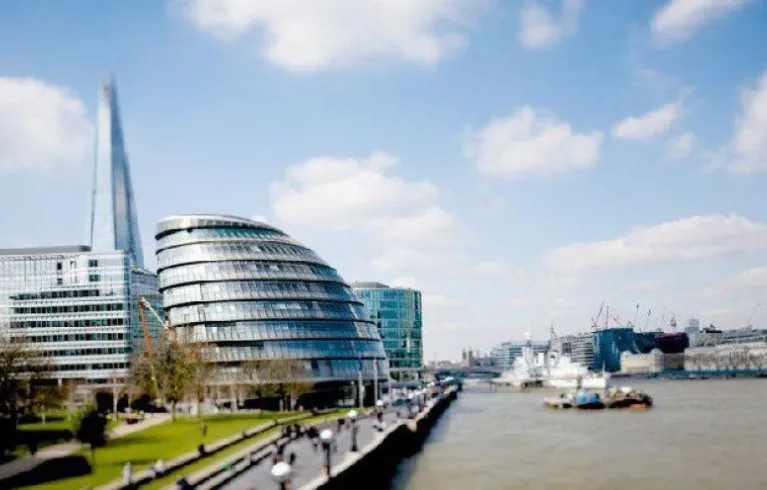
Key information
Publication type: General
Publication date:
Contents
1 sections
The London Assembly, the 25-member elected body tasked with holding the Mayor to account, has today published a report on how the cladding crisis is impacting the livelihoods of Londoners. Leaseholders, through no fault of their own, are finding themselves trapped in unsafe properties or properties that they are unable to sell due to difficulties obtaining external wall fire review forms (EWS1).
Leaseholders who live in properties with cladding have experienced mortgage lenders assessing their homes at nil value, meaning that selling or remortgaging such properties is not an option until all dangerous cladding is removed and any other necessary remediation work is completed. There are thousands of leaseholders trapped in unsafe and overcrowded properties in a situation that is entirely out of their control.
As of 18 December 2020, the London Fire Brigade informed the London Assembly that there were 590 high-rise residential buildings in London that require waking watches in case a fire breaks out. The people who live in these buildings are bedevilled with the stress of knowing that their building is unsafe and of not knowing when the cladding is likely to be removed and at what cost. The residents of these buildings also have to pay for the waking watches out of their own pockets to keep themselves and their families safe.
The report makes a number of recommendations including:
- The Mayor should provide a hub for London leaseholders and residents affected by cladding and fire safety issues to access legal advice and mental health support.
- The Mayor should work with the London Fire Brigade to assess the impact of new data about London’s building safety and the cost of changing LFB’s working practices to keep Londoners safe from dangerous cladding. He should lobby Government to address funding gaps caused by this change in workload.
- The Mayor must work with the London Assembly and lobby MPs to press the Government to amend the Building Safety Bill to protect leaseholders from being made to pay for historical building defects. He should also lobby for support from lenders to allow leaseholders to access market rates when remortgaging affected properties.
UPDATE
Since the publication of the above report on the impact of the cladding crisis in January 2021, the Government announced an additional £3.5bn of funding to help ease the financial burden of those who are living in high-rise properties affected by the cladding crisis.
The total amount of funding committed by the Government to help with the removal of cladding from properties is now £5bn.
Related documents
London Assembly - Cladding recommendations - March 2021